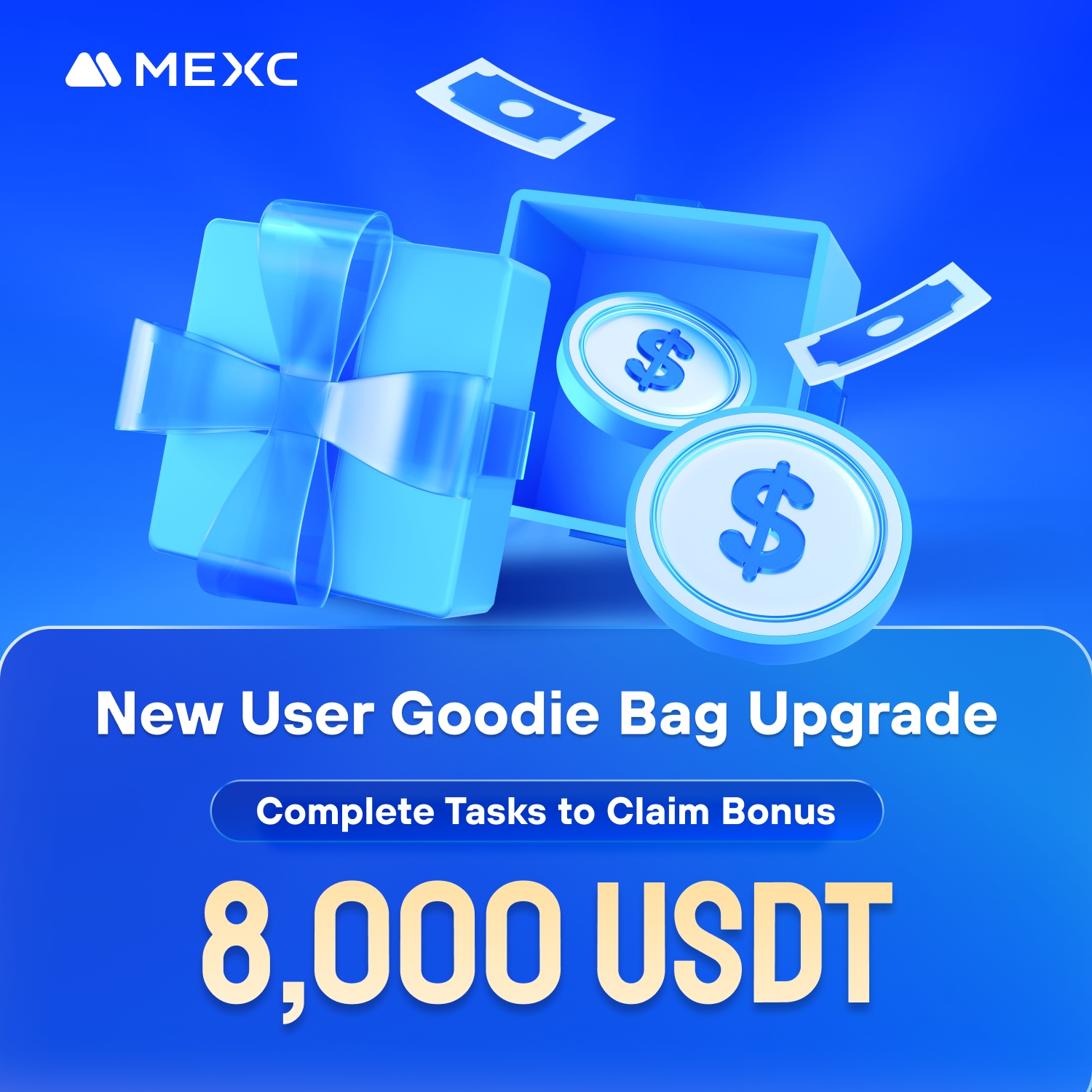Introduction:
Blockchain technology is the backbone of cryptocurrencies like Bitcoin and Ethereum, but its applications go far beyond digital currency. It offers a revolutionary way to record, verify, and share data in a secure, transparent, and decentralized manner. This blog post provides a comprehensive breakdown of how blockchain works.
1. What is Blockchain?
At its core, a blockchain is a distributed digital ledger. It stores data in blocks that are chained together chronologically. Each block contains a batch of transactions or data, and once a block is full, it is sealed and linked to the previous block, forming a chain.
2. Key Components of Blockchain
- Blocks: Each block contains data (like transactions), a timestamp, and a cryptographic hash of the previous block.
- Nodes: Computers that participate in the blockchain network. They maintain copies of the entire blockchain and validate new transactions.
- Hashing: Each block has a unique digital signature (hash). Hashing ensures data integrity.
- Consensus Mechanism: A system used by nodes to agree on the validity of transactions. Popular mechanisms include Proof of Work (PoW) and Proof of Stake (PoS).
3. How Blockchain Works – Step by Step
Step 1: A Transaction is Requested
- For example, Alice wants to send Bitcoin to Bob.
Step 2: The Transaction is Broadcast
- The transaction is shared across a network of computers (nodes).
Step 3: Validation
- Nodes validate the transaction using the consensus mechanism. For Bitcoin, it’s Proof of Work, which involves solving complex mathematical problems.
Step 4: Creating a New Block
- Once verified, the transaction is grouped with others to form a new block.
Step 5: Adding the Block to the Chain
- The new block is added to the blockchain in a chronological and immutable order.
Step 6: Completion
The transaction is confirmed, and Bob receives the Bitcoin. The blockchain is updated across all nodes.

4. Features of Blockchain
- Decentralized: No single entity controls the blockchain. All nodes are equal participants.
- Immutable: Once data is added to a block, it cannot be altered without changing all subsequent blocks.
- Transparent: All transactions are visible to participants in the network.
- Secure: Uses cryptographic techniques to secure data and prevent fraud.
5. Types of Blockchain
- Public Blockchain: Open to anyone (e.g., Bitcoin, Ethereum).
- Private Blockchain: Restricted access, usually used by businesses.
- Consortium Blockchain: Controlled by a group of organizations.
6. Real-World Applications
- Finance: Cross-border payments, smart contracts, and tokenization.
- Supply Chain: Transparent tracking of goods from origin to consumer.
- Healthcare: Secure sharing of medical records.
- Voting Systems: Tamper-proof digital voting.
7. Conclusion
Blockchain is more than just a buzzword; it’s a transformative technology that is reshaping industries. Understanding how it works can help businesses and individuals take advantage of its potential in the years to come. Stay tuned for more blogs on specific blockchain topics like smart contracts, NFTs, and Layer 2 scaling solutions!






































